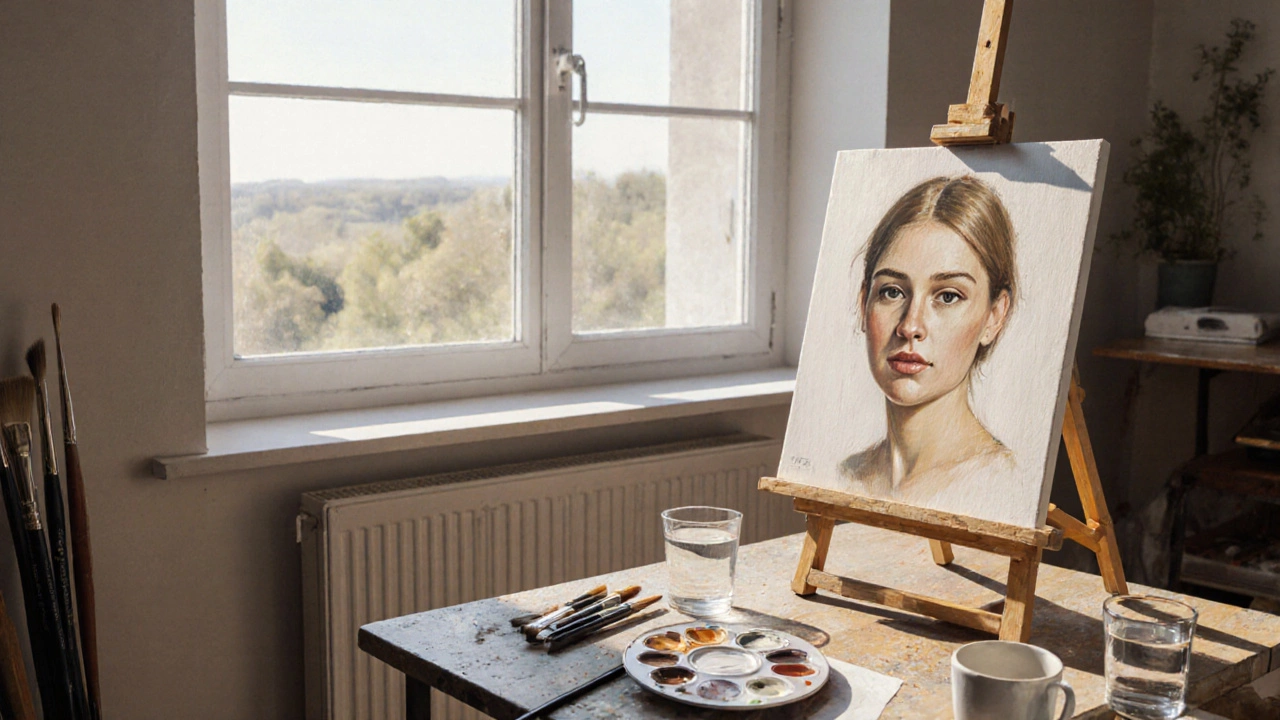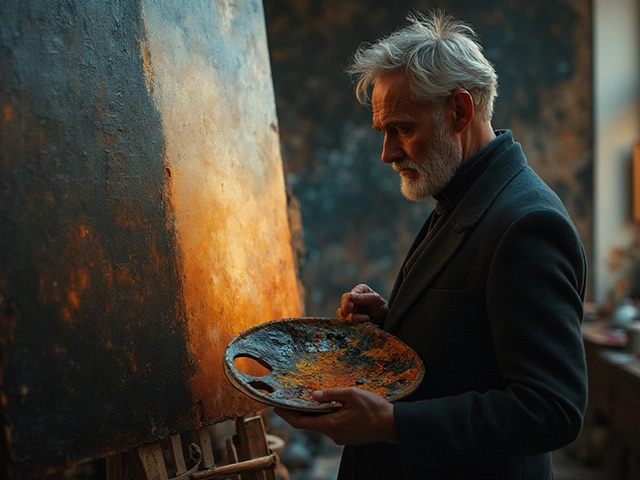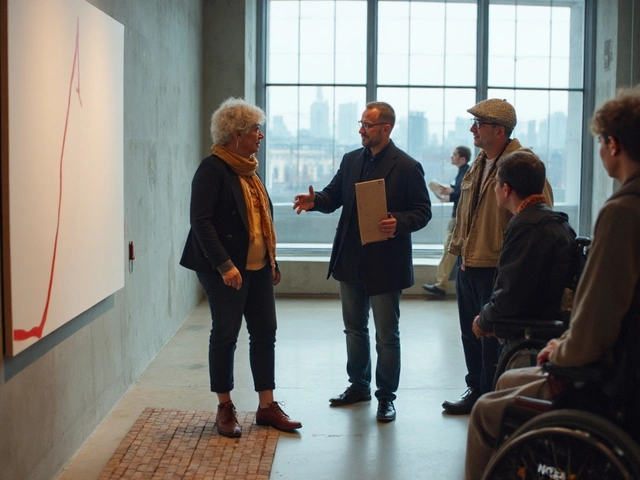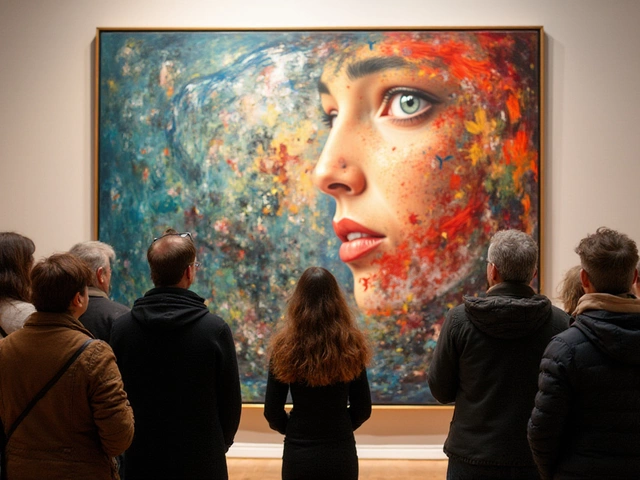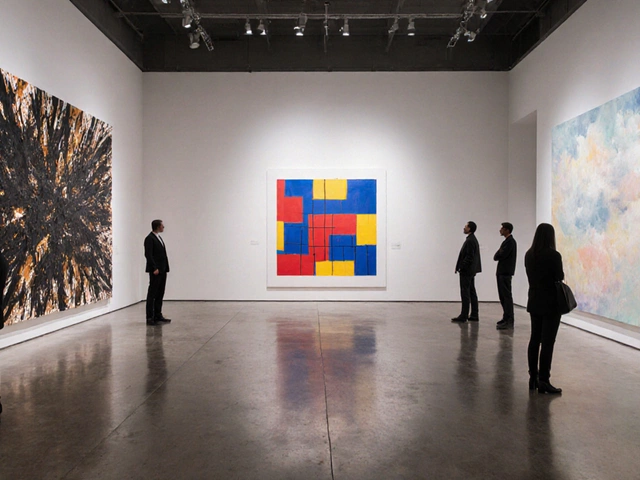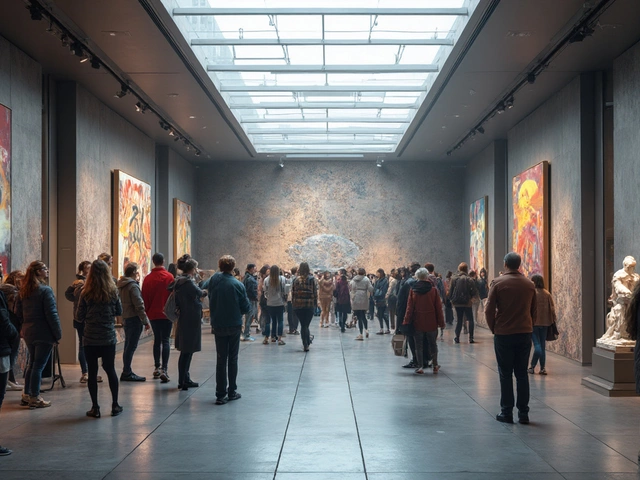Portrait Painting Price: How to Set Fair Rates
When talking about Portrait Painting Price, the amount an artist charges for creating a custom portrait, factoring in size, medium, detail, and skill level. Also known as portrait commission fee, it plays a big role in a freelance artist's income. Understanding Art Pricing, the broader system used to value visual works and Commission Rates, the standard percentages or flat fees charged for commissioned art helps you price without guessing.
First, think about the portrait painting price as more than just a number. It’s a mix of costs, time, and market perception. Your material expenses – canvas, brushes, paints – are the base. Then add the hours you spend planning, sketching, and layering. Finally, factor in your experience level; a seasoned portraitist can command higher rates than a beginner. By breaking the total into these three parts, you create a transparent pricing formula that clients can easily understand.
Key Factors That Shape Your Portrait Painting Price
One major factor is the Artist Fees, the amount an artist charges for their time, expertise, and creative input. This isn’t a random guess – it’s a reflection of years of practice, portfolio strength, and reputation. Another influence is market research. Look at what local artists with similar skill sets are charging, and adjust for regional cost of living. If you notice a trend toward higher demand for realistic oil portraits, you can safely raise your rates.
Materials also matter. An oil portrait on linen costs more than an acrylic on stretched canvas. Include the price of premium pigments, gold leaf, or any special media in your calculation. Shipping and insurance for large pieces are extra costs that should be covered in the final quote. By itemizing each expense, you avoid surprises and keep the negotiation smooth.
Client expectations create another layer of complexity. Some clients want quick turnaround; others want multiple revisions. Define how many revisions are included in the base price and charge extra for additional changes. This protects your time and sets clear boundaries. If a client asks for a life‑size portrait, you’ll likely need a larger support structure and more paint, which justifies a higher fee.
Seasonal demand can shift your pricing too. During holiday seasons, many people order portraits as gifts, so you might see a spike in requests. You can either keep your rates steady to attract more work or raise them to capitalize on the higher demand. Either approach works as long as you communicate the reasons transparently.
Professional presentation adds value. A well‑crafted portfolio, a professional website, and clear terms of service make clients feel confident in paying a premium. When you market yourself as a reliable, high‑quality portrait painter, the perceived value goes up, and so does the Commission Rates you can command.
Finally, don’t forget taxes and business overhead. Set aside a percentage of each payment for income tax, studio rent, and insurance. Including this buffer in your price ensures you stay profitable throughout the year.
By keeping these elements – material costs, artist fees, market research, client expectations, seasonal trends, professional branding, and tax considerations – in mind, you’ll arrive at a portrait painting price that feels fair to both you and your client. Below you’ll find a curated list of articles that dive deeper into each of these topics, offering concrete examples, pricing formulas, and real‑world case studies to help you fine‑tune your rates.
Portrait Painting Costs: How Much to Pay for a Custom Portrait
Learn the full breakdown of portrait painting costs, from medium and size to artist experience. Get budgeting tips, real price examples, and a FAQ to guide your commission.
Continue Reading